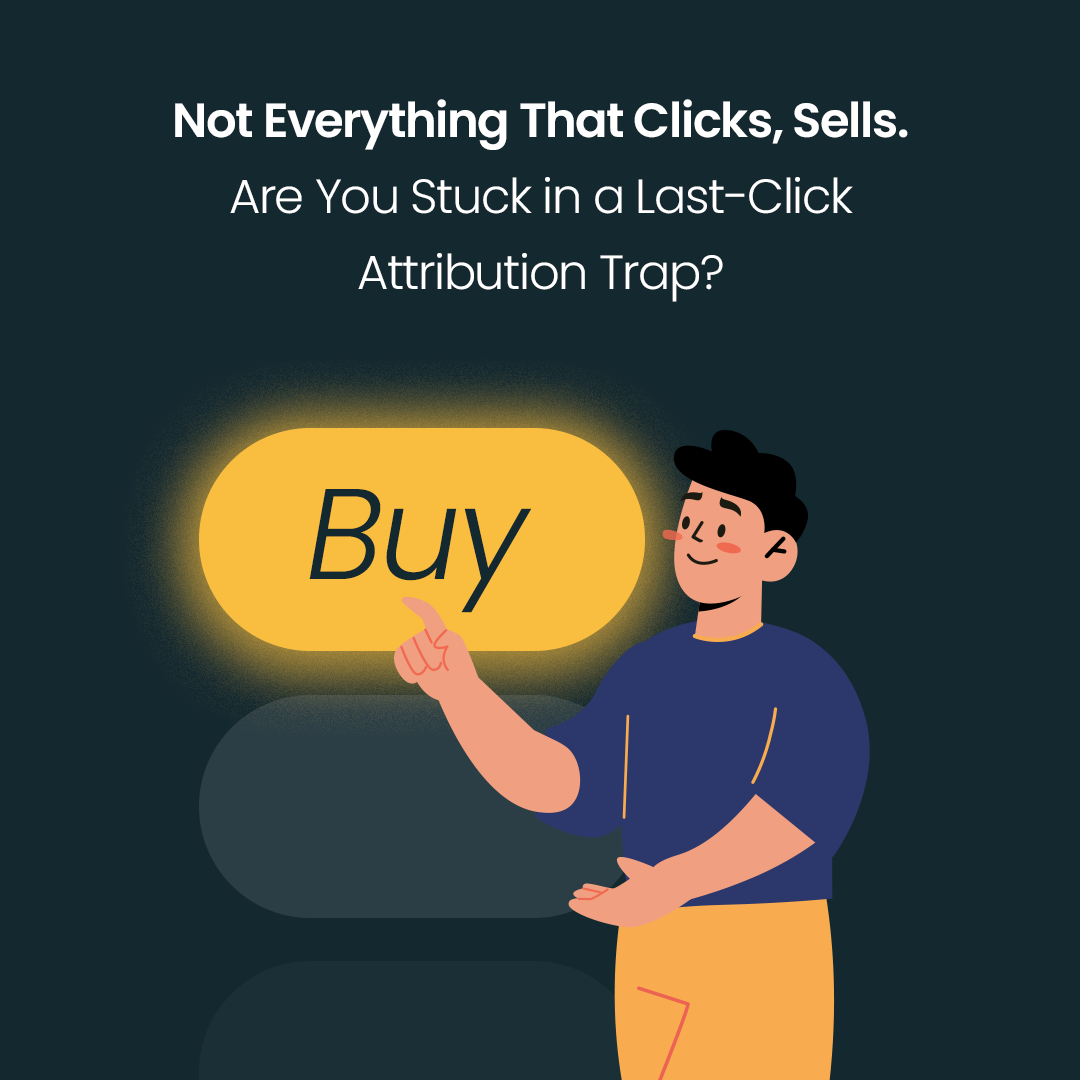The Real-Time-Bidding market grows and develops. Since many years the programmatic market value has increased in national, european and global terms. Programmatic specialists teams are facing the challenge of huge campaign scale, tremendous budget and managing many markets at the same time. Sometimes those growth are higher than the capacity of a given team of hub especially when they need to manage captains across the word. Automation has become the best solution then. The demand side platform branded by Google – Display & Video 360 is giving the functionality of Structure Data Files (SDF).
What are SDFs?
Structure Data Files contains comma separated values (CSV), which is a plain text file that stores data by delimiting data entries with commas. Saving campaign to the text files is expanding the possibilities of its use. It is easier to use the DV360 interface in order to make changes in campaigns, but we can do it much much quicker and more effectively when we use an SDF file for it. The bigger the scale of our job is, the more profitable will be the usage of structured data files.
What we can gaing by using SDFs?
First non-negotiable advantage of using SDFs is operation time optimization. In case we have limited human resources and a limited number of human resources and a big scale of our activity, starting using structured data files becomes one and only solution.
When using SDF, we can unify our campaign process across multiple campaigns, advertisers or markets, so the rules of seting up the campaigns can be common for each campaign. For example, if you have planned a technical break on your website and you would like that all your campaigns will stop on Thursday from 11pm until 6 am, then the best way to do it effectively in case of a big scale of the campaigns would be by using a structured data file.
Choosing this option of manipulating data we can easily change,overwrite or create almost every single element of our DV360 campaign. Possessing the ability to use sfd enables setting up many creatives at the same time, which will be appreciated by everyone for whom time is precious. Changing creatives in line items in sdfs technology is also a better idea than doing it manually.
When the scale is huge SDF files become a great toll to control a campaign. For instance if we want to check that we are using audience lists, conversion codes, geography or demography an efficient way to check it would be to save campaigns into google spreadsheet tables. We can also automate our changes and automatically optimize our live campaigns.
Errors and limitations when using SDF
Working on SDF, especially on the beginning of using them could be more difficult than working on Display & Video 360 interface because incorrect editing of files ends up with errors during upload.
The most common errors when working on SDF files, which will end in a failed attempt to upload them:
Editing and preparing sheets in Microsoft Excel instead of using Google Sheets
Not deleting the id of item in case we want system to generate new item for us (eg. new line item id, new insertion order id, new adgroup id.
Uploading changes into campaign which was generated by the system long time ago, in this case we will get an error “entity has changed since file was downloaded”
Uploading new items with a start date that happened in the past. We can only create a new item that starting from the present time
copying data unavailable for two different advertisers (custom audience lists, dedicated deals, floodlights, creations, etc.).
If we like to generate several levels in DV360 hierarchy (campaign, orders and line items an once) we have to create a common key. For Instance when we are generating a new campaign we give her a temporary number ext123, that has to be assign to the insertion order level as well. This way the system knows that it has to create the whole structure. We also have to remember that each page of Google sheet is a separate CSV file and if we like to generate several campaign levels at once we have to upload them together, so the system can recognize their connections.
Development of SDF technology
Google regularly makes changes to SDFs, they are necessary, because of the introduction of new functionalities and targeting in DV360. However, it is a solution that is constantly being developed and supported because it gives us a wide range of opportunities to introduce changes on a massive scale, while reducing the working time of the person responsible for implementing these changes.
In the future, we can expect very extensive, advanced and personal solutions for DV360 campaigns built on the basis of SDF files. Even today, SDFs can be used to build machines that set up a campaign, optimize it, conduct audits, or support reporting.






